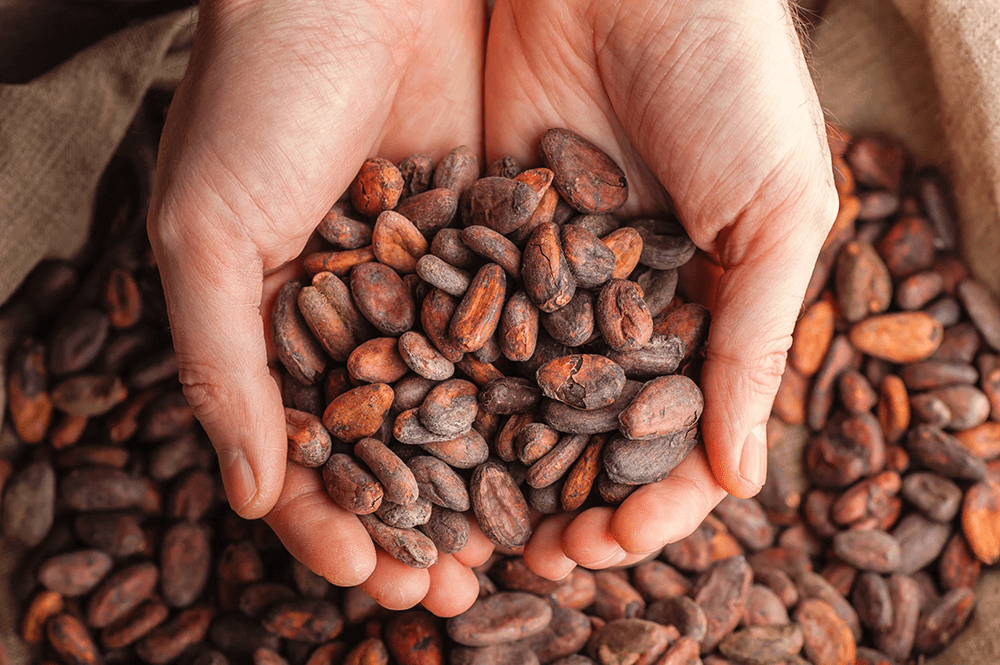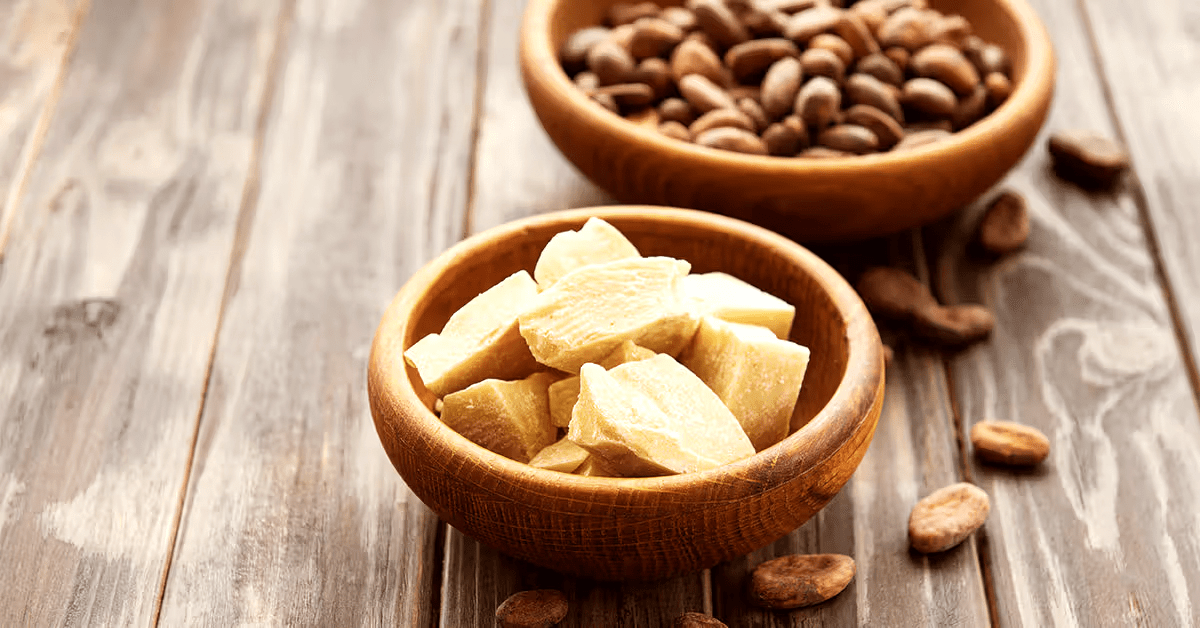What Does High Percentage Cocoa Content Really Tell You About Chocolate?
For the sake of consistency, I will use 70% chocolate throughout, but the following piece is relatable to 90% chocolate or lower.
When chocolate is labeled as 70% cocoa, it means that 70% of the product comes from cacao beans, including cocoa solids (the non-fat part), cocoa butter (the fat), and sometimes cocoa mass (a combination of both). The remaining 30% (in most cases) consists of sugar, vanilla, emulsifiers (like sunflower lecithin).

What 70% Cocoa Tells You:
Bitterness & Intensity – The higher the cocoa percentage, the more intense, complex, and bitter the chocolate tastes.
A 70% bar will be noticeably more bitter than milk chocolate. Lower Sugar Content – Since only 30% of the bar is non-cocoa ingredients, it generally has less sugar than a typical milk chocolate bar, making it less sweet.
Higher Fat Content – Cocoa butter is naturally part of the cocoa mass, meaning darker chocolates tend to be rich and creamy in texture despite having no dairy.
Health Benefits – Higher cocoa content means more flavonoids (antioxidants), fibre, and magnesium, which are linked to heart health and brain function.
Less Additives – A quality 70% chocolate often contains just cocoa, cocoa butter, and sugar, without the milk solids or excessive emulsifiers found in lower-percentage chocolates.
What It Doesn’t Tell You:
The ratio of cocoa solids vs. cocoa butter – Some 70% chocolates may have more cocoa butter for a smoother texture, while others focus on cocoa solids for a bolder taste.
The origin or quality of the beans – A 70% bar made with high-quality, single-origin cocoa will taste very different from a mass-market one.
The roasting and processing method – Dark chocolate can vary widely in flavour depending on how the cocoa is fermented, roasted, and processed.
In summary, 70% cocoa content label means that 70% of the chocolate bar is derived from cacao beans, including:
Cocoa solids (which contain flavour compounds, polyphenols, and bitterness)
Cocoa butter (the fat that adds smoothness)
The remaining 30% is typically sugar and sometimes small amounts of vanilla or lecithin.

Is There a Direct Connection Between Cocoa Percentage and Bitterness?
Yes, higher cocoa content generally correlates with more bitterness, but it is not the only factor.
More cocoa solids – more bitter compounds since cocoa solids contain polyphenols and alkaloids (like theobromine), which contribute to bitterness and astringency.
Since 70% bar has more cocoa solids than a 50% bar, it is naturally more bitter.
As there is less sugar in a 70% chocolate than a 50% chocolate, the bitterness becomes more noticeable.
The sugar masks the bitter flavours.
Does Cocoa Butter content matter?
If a 70% bar has more cocoa butter and fewer cocoa solids, it will be smoother and less bitter.
Some of the chocolates balance bitterness by adjusting the ratio of cocoa solids to cocoa butter.

Other Factors Affecting Bitterness
Cocoa Bean Type & Origin
Some beans (like Forastero) are naturally more bitter, while others (like Criollo) are milder and fruitier.
Fermentation & Roasting. Longer fermentation reduces bitterness by breaking down polyphenols.
Higher roasting temperatures can develop caramelized flavours that counteract bitterness.
Cocoa Butter Content
More cocoa butter (the fat from cacao beans) makes chocolate smoother and reduces the perception of bitterness.
Some 70% bars have more cocoa solids (which are bitter), while others have more cocoa butter (which is creamy and mild).
Does Bitterness Indicate a Longer Roast?
Not necessarily. While roasting affects bitterness, it’s not always a direct link.
Longer roasting can reduce bitterness. Proper roasting helps break down harsh, raw flavours from unprocessed cocoa beans.
Light roasts (low temperature, short duration) can leave behind acidic and sharp flavours, which may be perceived as bitterness.
A well-roasted bean develops richer, deeper flavours (nutty, caramel-like, or fruity) that can counteract bitterness.
Over-roasting can burn the beans and increase harsh bitterness. Too much heat for too long can destroy desirable fruity or floral notes, leading to an unpleasant, acrid bitterness. Well-crafted dark chocolate often undergoes carefully controlled roasting to balance bitterness with complexity.

What Really Determines Bitterness?
Cocoa Percentage (More cocoa solids = potentially more bitterness)
Bean Type & Origin (Some varieties, like Forastero, are naturally more bitter)
Fermentation (Proper fermentation reduces astringency and harsh flavours)
Roasting Profile (Light roasting can leave acidic bitterness; over-roasting can burn and create harsh bitterness)
Sugar & Cocoa Butter balance (More sugar reduces perceived bitterness, while more cocoa butter softens it)
Conclusion
Higher cocoa percentage tends to mean more bitterness, but the final taste depends on bean quality, fermentation, roasting and the balance of cocoa solids and cocoa butter. Bitterness does not always mean a longer roast – it could also come from bean type, improper fermentation, or lack of sugar to balance flavours.
Well-made 70% chocolate should have balanced bitterness with complex flavours like caramel-like, fruitiness, nuttiness, or earthiness.
